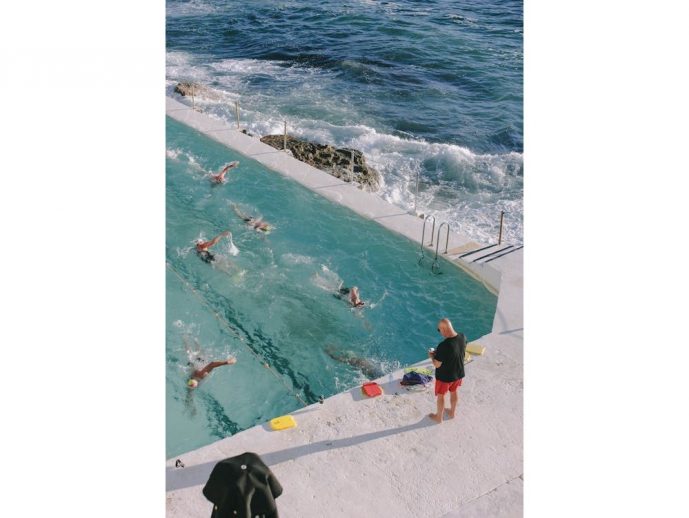Categories more
- Adventures (17)
- Arts / Collectables (15)
- Automotive (37)
- Aviation (11)
- Bath, Body, & Health (77)
- Children (6)
- Cigars / Spirits (32)
- Cuisine (16)
- Design/Architecture (22)
- Electronics (13)
- Entertainment (4)
- Event Planning (5)
- Fashion (46)
- Finance (9)
- Gifts / Misc (6)
- Home Decor (45)
- Jewelry (41)
- Pets (3)
- Philanthropy (1)
- Real Estate (16)
- Services (23)
- Sports / Golf (14)
- Vacation / Travel (60)
- Watches / Pens (15)
- Wines / Vines (24)
- Yachting / Boating (17)
A Parent's Guide to Swimming Lessons for Kids
Published
05/15/2024Swimming is not just a recreational activity; it's a life-saving skill. As a parent, ensuring your child learns to swim is crucial for their safety and overall well-being.
However, navigating the world of swimming lessons can be overwhelming. From choosing the right program to understanding what to expect, this guide will provide you with valuable insights to make the journey smoother for both you and your child.
The Importance of Learning to Swim
Before delving into the details of swimming lessons Sydney, it's essential to understand why swimming is such a vital skill for children. Drowning is one of the leading causes of accidental death in children, highlighting the urgency of teaching them to swim. Additionally, swimming offers numerous physical and mental health benefits, including improved cardiovascular health, muscle strength, and confidence.
Choosing the Right Swim Program
When selecting a swim program for your child, there are several factors to consider:
- Instructor Qualifications: Ensure the instructors are certified and experienced in teaching children to swim safely.
- Class Size: Smaller class sizes often allow for more personalized attention and faster progress.
- Facility Amenities: Look for facilities with clean and well-maintained pools, as well as adequate safety measures in place.
- Teaching Approach: Find a program that emphasizes water safety, stroke technique, and gradual skill progression.
Preparing Your Child for Swim Lessons
Before the first swim lesson, it's helpful to prepare your child mentally and physically:
- Familiarize Them with Water: Introduce your child to water gradually, starting with shallow pools or bathtubs.
- Build Confidence: Encourage positive associations with water through play and praise.
- Practice Basic Skills: Teach your child to blow bubbles, float on their back, and kick their legs.
What to Expect During Swim Lessons
During swim lessons, your child will learn a variety of skills tailored to their age and ability level:
- Water Safety: Instructors will teach children how to enter and exit the water safely, as well as how to recognize and respond to emergencies.
- Basic Swimming Techniques: Children will learn fundamental skills such as floating, kicking, and arm movements.
- Stroke Development: As they progress, they will be introduced to various swimming strokes, including freestyle, backstroke, breaststroke, and butterfly.
- Confidence Building: Swim lessons provide a supportive environment for children to overcome fears and gain confidence in the water.
Reinforcing Skills Outside of Lessons
To maximize progress, it's essential to reinforce swimming skills outside of lessons:
- Practice Regularly: Take your child swimming outside of lessons to reinforce skills and build endurance.
- Stay Consistent: Consistency is key to skill retention and improvement.
- Encourage Independence: Allow your child to practice swimming skills independently while providing supervision and support.
Celebrating Achievements
As your child progresses in their swimming journey, celebrate their achievements and milestones:
- Set Goals: Work with your child to set achievable swimming goals, such as swimming a certain distance or mastering a specific stroke.
- Recognize Effort: Acknowledge your child's hard work and dedication to swimming, regardless of the outcome.
- Reward Success: Celebrate milestones with rewards such as praise, stickers, or special outings.
Conclusion
Swimming lessons are an invaluable investment in your child's safety, health, and confidence. By choosing the right program, preparing your child for lessons, and providing ongoing support, you can help them develop essential swimming skills that will last a lifetime. Remember, the journey to becoming a proficient swimmer is not just about mastering strokes; it's about fostering a lifelong love and respect for the water.















